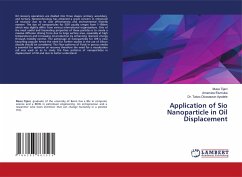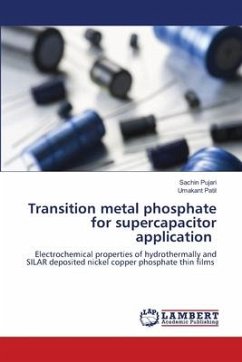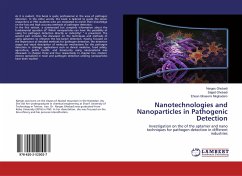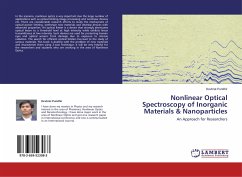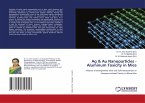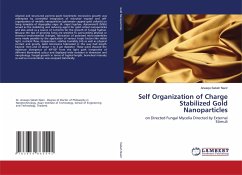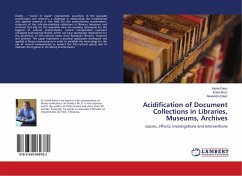Oil recovery operations are divided into three stages: primary, secondary, and tertiary. Nanotechnology has attracted a great concern in enhanced oil recovery due to its cost effectiveness and environmental friendly manner. The size of nanoparticles for EOR usually ranges from 1-100nm which may slightly differ from various international organizations. One of the most useful and fascinating properties of these particles is to create a massive diffusion driving force due to large surface area, especially at high temperatures and Increasing oil production by enhancing reservoir energy through mobility control. The patronage of nanoparticles for IOR is now becoming popular hence the need for further studies in the use of Silicon dioxide should be considered. The Flow patterns of fluids in porous media is essential for optimum oil recovery therefore the need for a visualization cell was used so as to study the flow patterns of nanoparticles in displacement of Oil and also to better understand.

